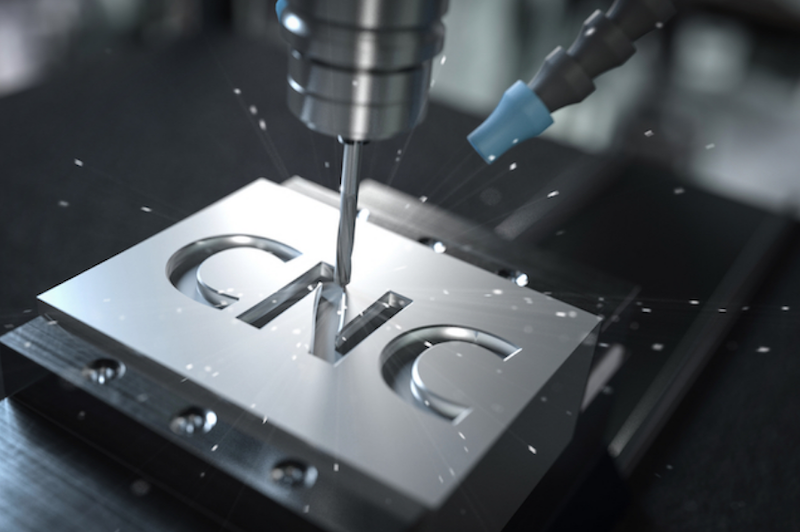
Leading the Modern Machining Charge is Automation-Enhanced CNC
At the cutting front of engineering and machining is the CNC – or computer numerical control – system. Increasing numbers of businesses are turning to these high-tech platforms as they become more affordable for enterprises of all sizes, rather than just larger manufacturers; USA Today highlights one such case.
Alongside the greater affordability of these machines is the integration of automation and robotic technology into the already highly automated CNC base. Through this, and the use of AI, there’s a resurgence in the popularity of CNC machining and applications throughout the manufacturing industry.
Modern day applications
In its most basic form, CNC is the ability to use sophisticated programming to command and power machining. The result is a fine level of tooling that cannot be achieved through most manual means, at least not without the high-quality commitment garnered from years of experience – and time-consuming practice.
CNC has consistently updated its systems throughout the years, and different manufacturers have a lot to offer. The latest front in the advancement of the technology, however, is through automation and robotic inclusion.
Robotics have typically been a competitor to CNC on the open market; however, as Yahoo Money highlights, the entry of big corporations such as Okuma America into the automation-powered CNC field is a sign of the times.
The point of CNC has always been to bring automation to the manufacturing process – with AI and automation being used to push forward the process further, there will be change afoot.
Enhancing the automation
As Goodwin University highlights, the role of CNC machinists has been, for many years, in the programming of the CNC interface and ensuring the machine runs smoothly, conducting maintenance.
This is, of course, with the help of countless sensors and other indicators, but there is a distinct role there for automation to occupy.
Indeed, with AI on hand to both design and perfect CNC templates and to take an active role in the maintenance of machines, more time can be returned to the technologists involved with the operation of these machines and the time they need to continue innovating.
If automation can take over G-code programming, this will arguably be the biggest burden removed.
Scaling high tech solutions
All of this innovation is timely given the pressures facing the modern consumer and industrial markets.
The medical industry has a particular need for predictable and high-quality solutions, especially following the coronavirus pandemic, according to Design News.
CNC is the only way to reasonably fulfil that need, but it too requires guidance. The movement of robotics and automation into the CNC field will help to provide that and ensure that research can keep up with the incessant demand being posed by industry at large.
CNC will remain the king of manufacturing solutions, but with affordability, scalability and AI in tow, it will start to take an even more prominent role in modern manufacturing. With the challenges facing the world of business, it’s essential that it does.


